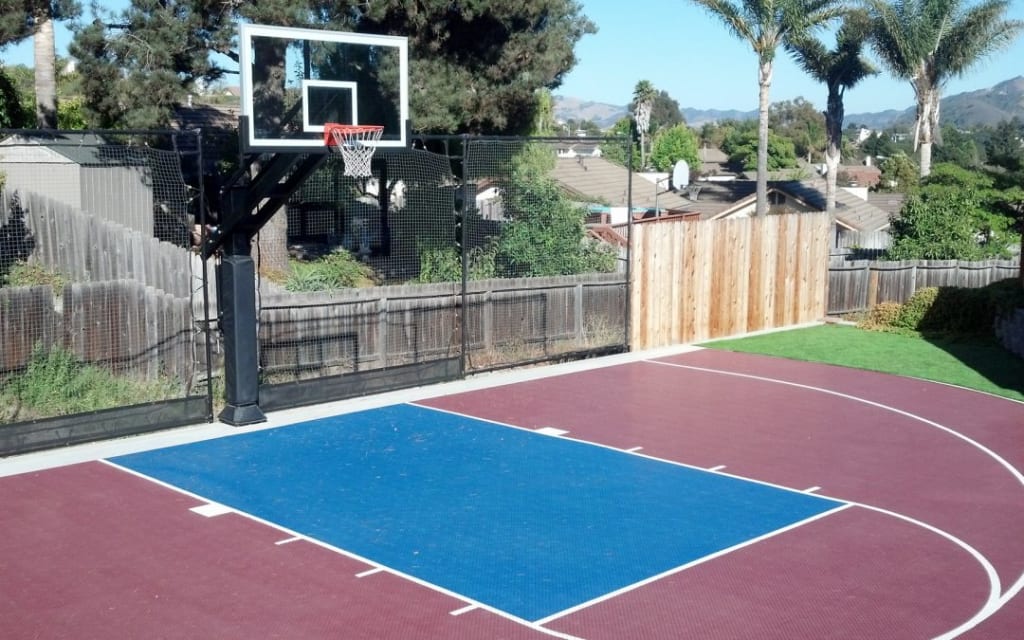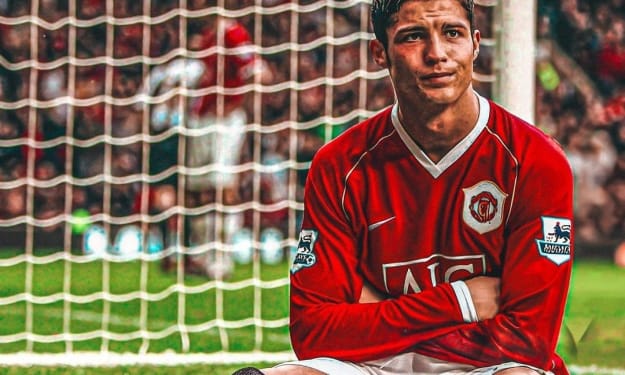THE DOMINICAN REPUBLIC
Why so many baseball players are Dominican

Kindly observe this baseball team, the Houston Astros, who have emerged as the 2022 World Series champions. The team comprises a significant number of players who are not from the United States, with thirteen of them hailing from Latin America, particularly the Dominican Republic, which boasts six players on the team. It is noteworthy that the Dominican Republic has produced a considerable number of players who feature in some of the best teams in Major League Baseball across the United States, making up over 10% of all players in the league, which is by far the highest number of foreign-born players. The question arises as to what makes baseball so special in the Dominican Republic and why so many of its players end up in the United States.
Baseball has a long-standing history in the United States, with the first mention of the game dating back to 1786 when a college student wrote about playing "baste ball." Over time, baseball became a popular sport in college campuses and professional teams emerged across many states. In 1901, two wealthy Americans organized these teams into two professional leagues, the National League and the American League, which eventually became known as Major League Baseball. Since then, teams have been playing against each other until the best from each league ends up in the World Series, which has become a profitable industry and America's favorite pastime.
Similarly, baseball became a favorite pastime in the Dominican Republic, which was introduced to the sport via Cuba in the 1860s. Elite Cuban students who attended college in the United States brought the game back home with them, and some of them set up teams that started playing each other. Eventually, the sport spread through affluent Cubans in Havana to the working class around the country. The game became a national entity rooted in the working class, and over the years, baseball became such a significant part of the country's identity that Cubans took their favorite sport with them wherever they went. When many slaves revolted against wealthy sugar plantation owners in the 1860s, they fled to the Dominican Republic, bringing baseball with them. The sport first took off with an affluent crowd in the capital before taking hold over the workers in the east, especially the city of San Pedro de Macorís, where Cuban ex-pats had set up their sugar refineries. Refinery managers and owners created incentives for their workers, such as not having to work if they beat a nearby refinery next Saturday, which led to games between refineries becoming huge spectacles and a pastime for Dominicans everywhere.
In the United States and Cuba, baseball continued to thrive, with teams playing more and more games throughout the country, making baseball a million-dollar industry. In Cuba, it became the most popular sport as a symbol of pride and nationalism, especially after the Spanish-American War, when Spain left Cuba, and the United States occupied the country for four years. Americans learned more about Cuban baseball talent, and the MLB soon realized they could get skilled players on cheaper contracts than some American players, so they started signing Cuban players. However, after decades of US military interventions in Cuba, the two countries broke relations in 1961, putting the MLB's entire operation at risk because they could not rely on Cuban talent anymore. This situation created an opening for the Dominican Republic, which played a significant role in the MLB's expansion.
The MLB found a new pipeline for talent in the Dominican Republic, which was an extension of the neocolonial relation. Major League Baseball was finding cheap resources, signing them on the cheap, taking them elsewhere to get refined and consumed in another place. The MLB signed outstanding Dominican players like Ozzie Virgil, the Alou Brothers, and Juan Marichal, who brought thousands of fans to the MLB games. Soon, the MLB wanted more Dominican players, but they quickly realized they needed local scouts to spot talent. Popular scouts like Epy Guerrero and Ralph Avila came in, with Epy creating the country's first baseball academy in the 1970s to train young talent. Ralph created an academy in 1987 that was directly linked to an MLB team in the United States, the Los Angeles Dodgers, and the LA team invested millions in this academy. Together, they created a formal process for Dominican players to end up on MLB teams, with Dominican scouts identifying new talent throughout the country, holding tryouts where players showcase their skills, and the most impressive players getting a contract to train with the academy. If a player makes it through training, they either sign a professional contract to continue training with a minor league team in the United States or make it to an MLB team. The system has created an opportunity for top Dominican players to end up with the MLB, and they make millions now. However, the MLB still signs them for less than some American players, making it a way for them to make massive profits in the United States while giving foreign-born players cheaper contracts.






Comments
There are no comments for this story
Be the first to respond and start the conversation.